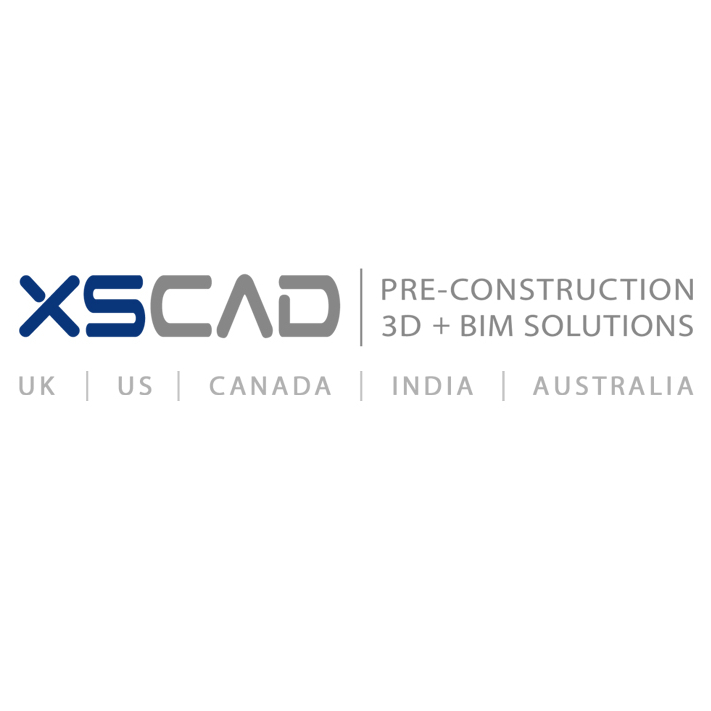Key Aspects of Retail BIM Models

Retail construction places great emphasis on customer requirements, their experiences and building branding, all three for the building façade and its interior. Quality design services can be a game changer in deciding how effective the building’s branding is. Sourcing the right design and drafting services provider, who uses the right methods and infrastructure to deliver retail BIM (Building Information Modelling) models, may be critical for retailers, especially those with global retail chains.
So, what’s so special about BIM models and, by extension, BIM models for retail, or retail BIM modelling?
Retailers can stay updated on all construction design modifications and can control project management using 3D BIM modelling. In this way, conflicts can be resolved quickly and project costs can be minimised. To understand the significance of BIM models, it helps to understand how the BIM process benefits retail planning teams. Some of the benefits of BIM retail design are as follows:
- The BIM process involves creating 3D models using as much project information as possible. This data can be coordinated smoothly between the different design teams and then be communicated to those at the construction site.
- As the architect, surveyor, MEP engineer and structural engineers must collaborate during the BIM process, it can pose a considerable advantage for planning and maintaining space plans for retailers.
For retailers, BIM techniques can create specific benefits, such as:
- Analysis and Design - Expert design teams can collaborate with retailers for complete concept and layout design for retail stores.
- Drawing Sets - Using BIM technology, material schedules and components can be calculated, and construction drawing sets, including floor plans, building elevations, composite plans, fixture drawings, construction plans, lighting and ceiling drawings can be created for retailers using AutoCAD and Revit.
- Floor Plans - Detailed and aesthetically appealing floor plans can be designed to be used in brochures, websites and for other presentations. Details, such as furniture placement, fixtures, counters and shelves, can be shown as per retail requirements and branding.
- 3D Modelling - Using Revit Architecture or 3ds Max, 3D models of retail buildings, stores and outlets can be created on a database-driven application.
These BIM models can then be used to develop photorealistic rendering, site animation, photomontages and visualisations for presentation purposes to check for any flaws, store atmosphere or branding requisites. Retail models created using BIM technology can help achieve optimum energy efficiency and plan green buildings. The models can also be used to create detailed assembly drawings with specifications for furniture, wall hangings, wall finishes, fixtures and other retail fittings required to promote retail branding.
One of the key benefits of BIM models is that precise live data can be integrated with 3D visualisation. Accurate data can help streamline the process of integrating 2D plans with 3D environments. Thus, BIM models can significantly boost the advertising, merchandising, marketing and interior aspects of retail design.
Revit Architecture from the Autodesk stable has been designed specifically for BIM technology and is extensively used in retail design. Why Revit is useful is because it facilitates the development and analysis of retail design, maintains design data that is coordinated and enables documentation. The reasons why Revit is a popular choice for retail design can be summed up as follows:
- 3D design tool, provides 3D capabilities and views
- Parametric 3D models enable precise designing, with objects
- Creates schedules based on design and calculates required materials, components, helping avoid manual checking, human error
- Drawings created from the models maintain accuracy
- Progress monitored by integrating time liner tools by creating BIM models
- Re-use of equipment in other retail outlets, such as furniture, light fixtures, graphics, branding
- Easy to modify retail design at any design stage
- Alterations to sections or specific areas are updated accordingly in elevations, schedules, etc.
- Files can be shared between project stakeholders at any part of the design process
These benefits ultimately contribute to an efficient Bim modelling services design process that can develop clash-free drawings, with accurate procurement information and the creative use of 3D views. In the retail world, this results in reduced costs and an accurate estimation of store opening dates.
Exactly what services can retailers expect as part of the creation of BIM models? Namely, the development and delivery of:
- 2D floor plans, ceiling designs, installation drawings, fabrication and shop floor plan drawings
- Information-laden coordinated 3D models of architectural, structural and MEP design
- Revit families that can help replicate individual components
- Customised design for shelves, drawers and other furniture items
With so much at stake, it is important to find a retail design services provider that offers the right fit. Traits to look for include how long the firm has successfully provided these services, how transparent the company is and how well they communicate. Experienced and well-qualified technical personnel with access to the right infrastructure can further tip the scales. These firms can be outsourced for greater profitability while maintaining the same high quality of services. So, a firm that delivers reliable architectural BIM modelling, drafting design services, CAD modelling services and other CAD Outsourcing services may be the right partner to further the retail design process for optimum results.
Source: https://www.xscad.com
+ Post an article












